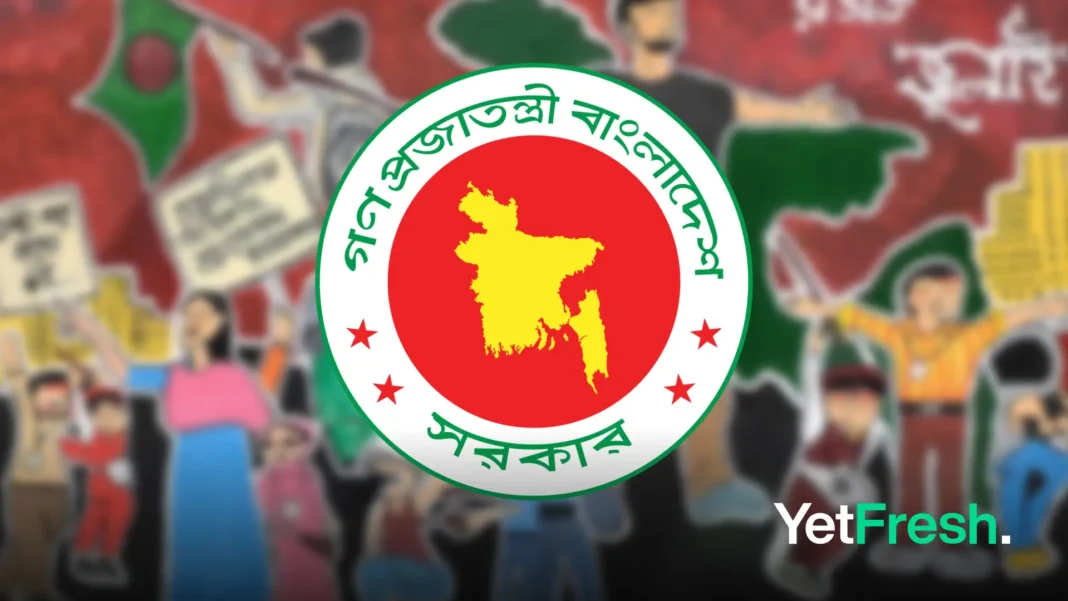Summary:
- The July-August 2024 uprising in Bangladesh, initially sparked by protests against a controversial quota system, resulted in at least 132 children and 11 women killed, with a total death toll exceeding 865, according to official estimates.
- The violence spanned across the country, with Dhaka suffering the highest casualties, including 352 deaths and over 7,378 injuries, while regions like Chattogram and Barishal also faced significant losses.
- Among the injured, 555 individuals became physically disabled, and efforts to provide financial assistance to affected families revealed discrepancies in official victim lists.
- The unrest ultimately led to the resignation of Prime Minister Sheikh Hasina on August 5, 2024, following mounting pressure from protesters and international condemnation.
The July-August 2024 uprising in Bangladesh, stemming from mass protests against the government’s controversial quota reform policy, has left a devastating toll on the nation. According to an estimate by the Ministry of Women and Children Affairs, at least 132 children and adolescents, along with 11 women, were killed during the unrest. The figures highlight the human cost of one of the most violent episodes in the country’s recent history.
Sharmin S Murshid, an adviser to the Ministry of Women and Children Affairs, confirmed these numbers on December 19. The fatalities were part of a broader death toll reported by the Directorate General of Health Services (DGHS), which listed 865 deaths in its database as of December 18. Of these, 682 individuals were brought dead to hospitals, while another 183 succumbed to injuries while receiving treatment. The DGHS data also revealed that 15,659 people were hospitalized due to injuries, with 555 individuals left physically disabled, including 490 from Dhaka alone.
The violence was widespread across Bangladesh, with significant casualties reported in various regions. Among the dead, 104 were killed in Barishal, 120 in Chattogram, 68 in Khulna, 74 in Mymensingh, 54 in Rajshahi, 61 in Rangpur, and 32 in Sylhet. Dhaka bore the brunt of the violence, with 352 fatalities and over 7,378 injured from this region alone.
The Ministry of Women and Children Affairs identified three women among the deceased: Maya Islam, Meherun Nesa, and nine others whose names remain undisclosed. Efforts have been made to support families affected by the tragedy. During World Children’s Day celebrations on October 7, financial assistance was provided to 105 families of children who died during the uprising. However, discrepancies emerged as 27 additional families later came forward claiming their children had been omitted from official lists.
The July uprising was part of a larger movement against a reinstated quota system for government jobs, which many viewed as discriminatory. Initially led by students demanding reforms, the protests escalated into a nationwide upheaval involving civilians from all walks of life. The government’s response included deploying law enforcement agencies such as the Rapid Action Battalion (RAB) and Border Guard Bangladesh (BGB), enforcing curfews, and imposing an internet blackout to suppress dissent.
The crackdown resulted in widespread allegations of excessive force. Reports from human rights organizations and media outlets documented instances where security forces used live ammunition against protesters. Verified footage showed police firing on crowds and discarding injured individuals on streets. By mid-July, daily death tolls reached alarming levels; on July 19 alone, at least 75 people were killed.
Children were among the most vulnerable victims of this violence. UNICEF reported that at least 32 children under 18 years old were killed during the protests, with some as young as five years old. Many were innocent bystanders caught in crossfire or targeted indiscriminately during clashes between protesters and security forces.
The unrest ultimately led to significant political consequences. Amid mounting pressure from protesters and international condemnation, Prime Minister Sheikh Hasina resigned on August 5 after weeks of escalating violence. Despite her resignation, public outrage persists over the government’s handling of the crisis and its failure to ensure accountability for those responsible for the deaths.
The July uprising has left an indelible mark on Bangladesh’s sociopolitical landscape. As families mourn their losses and survivors grapple with lifelong injuries, calls for justice remain loud and clear. The tragedy serves as a grim reminder of the heavy price paid during struggles for democracy and reform in a nation striving for progress amidst deep political divisions.
Source: TBS News




